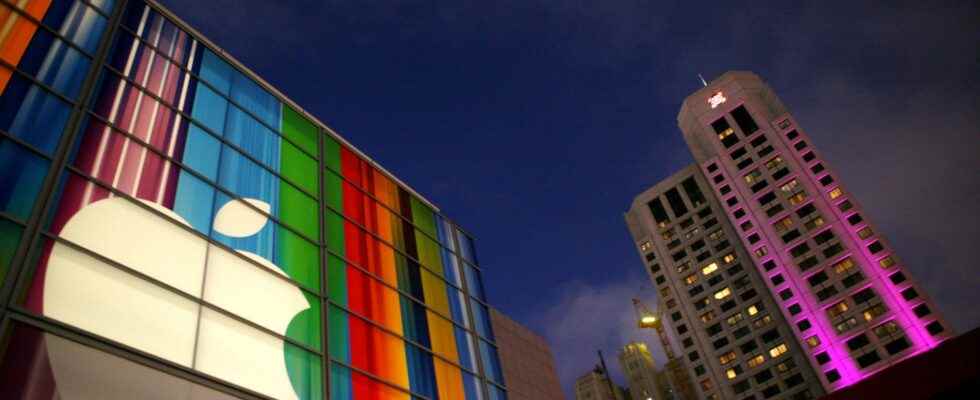The future Apple Car should have a steering wheel and pedals. This is the news of the week. The futuristic vision of a kind of minivan where the passengers face each other in a cabin sliding alone on the asphalt will be for later. This is Bloomberg which revealed Tuesday, December 6 this significant decline of Apple, the manufacturer of the iPhone. For several years, the project called internally “Titan” is supposed to give birth to a revolutionary car where absolutely everything has been reviewed from top to bottom. The main innovation obviously related to complete autonomy, known as Level 5 where there is no driver, nor even any commands other than destination instructions given by voice or via an application.
But the dream of autonomous driving has been shattered by reality: this technology is not ready for deployment in real life. In recent weeks, social networks have been filled with comical videos where the few self-driving taxis deployed in San Francisco were blocked at intersections, hazard lights activated, as inert as a contact who has lost his connection on Zoom.
Apple’s prototypes have spared themselves this humiliation. The most advanced perform tests on private tracks in the middle of the Arizona desert, while navigation modules are evaluated on ordinary vehicles, always with a pair of engineers on board. For several years, the autonomous car has looked like this (experience lived on board one of Google’s experimental cars): the machine drives with ease under normal circumstances; the passenger is a little tense because the vehicle is driving very close to the previous one, which is normal because its sensors measure the tiniest speed variations of other cars. On a freeway, the self-driving car drives rather fast, seems confident in the often chaotic environment of American highways where trucks drive like crazy and overtaking on the right is allowed.
Driving is too fuzzy for AI
Things go wrong when you enter a residential area. If a moving van is badly parked, the car will not make the decision to carefully deviate from the Highway Code; in the same way, she will obviously not see a driver waving to pass. We then realize (if we had any doubts) that driving is only a permanent management of new situations. And in the face of this, artificial intelligence is lost. The heaps of data on the behavior of drivers, positioning by satellite and new generation GPS, sensors, laser radars (LIDAR) can do nothing about it. Driving is a fuzzy logic, largely based on intuition and other terribly human characteristics.
Even Apple couldn’t solve this problem. Despite a billion dollars poured annually into the Titan project which employs around a thousand engineers, designers, specialists in electric propulsion, robotics or satellite navigation. According to Bloomberg, Apple’s Silicon Group, which designs the new range of in-house processors, had even built a new on-board computer, called Denali, four times more powerful than the brand’s most advanced “chip”, the M1 Ultra and its 114 billion transistors.
Apple’s car is supposed to see the light of day in 2026 with a design completed next year, the design finished in 2024 and a series of tests scheduled for the following year. We obviously don’t know anything about the characteristics of the vehicle, except that it will be comparable to the high-end models from Tesla or Mercedes with a price tag of around $100,000. For this price, the car will drive itself, but only on the highway (which is good enough – Tesla manages it, with a little driver stress anyway). For the rest, we can bet on full integration with the Apple ecosystem, and no doubt an original usage system based on ad hoc leasing that will allow Apple to keep control over the condition of the car. Because in the same way that an Apple store will never look like an organic cooperative, there is no question of leaving old cars or cars in poor condition in circulation. We have a standard to uphold.
